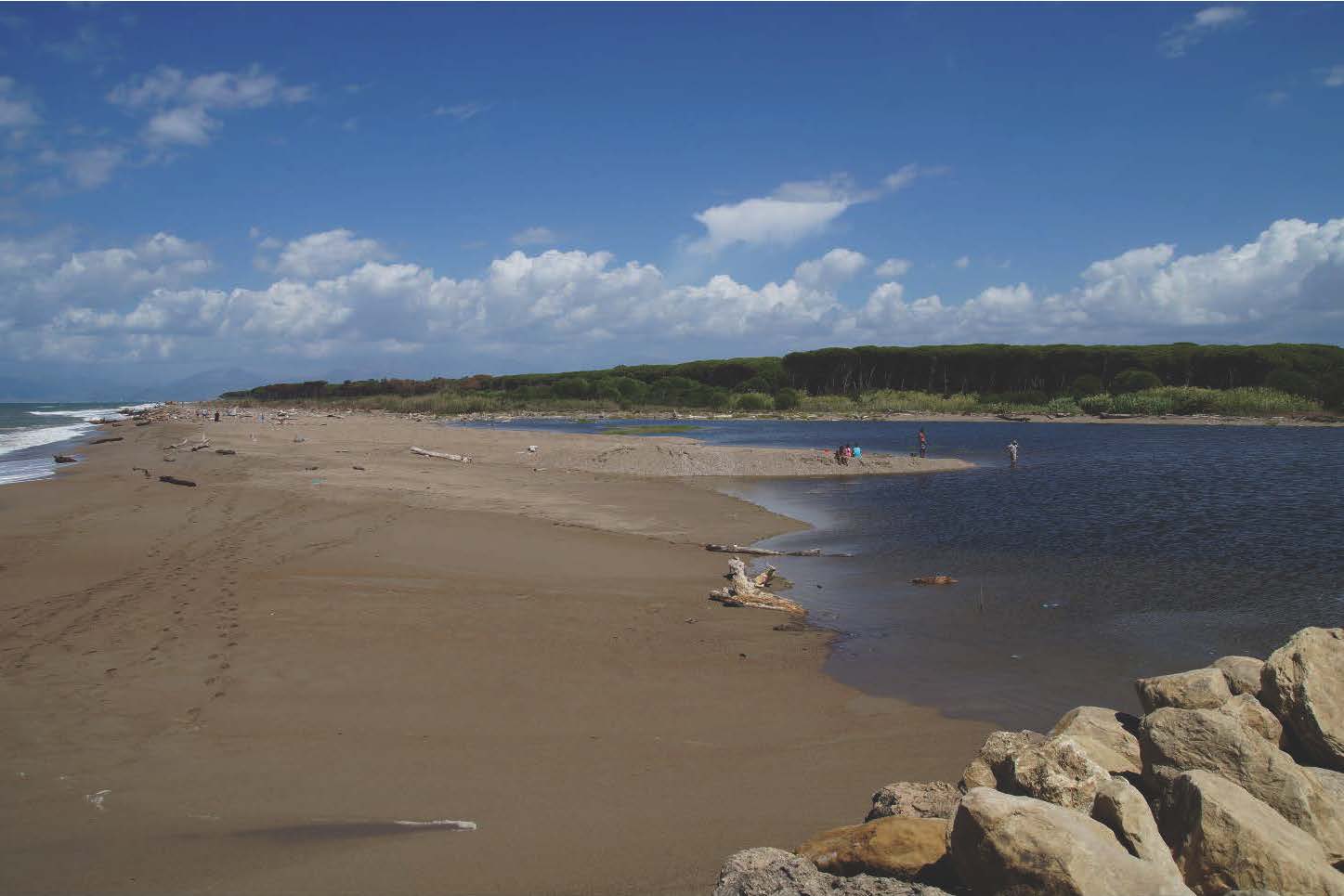Phytoplankton biomass and main functional groups of the Sele river mouth (Southern Italian Tyrrhenian coast) in a severe drought period
Abstract
The phytoplankton community structure of the terminal stretches of the Sele river, one of the most important rivers of the southern Tyrrhenian coast of Italy, was investigated. Main functional groups and total biomass were determined from samples collected in proximity of drainage channels and under a period of severe drought. The overall sampling area was characterized by a strong vertical stratification driven by intrusion of seawater, with large hypoxic or anoxic areas near the bottom. High concentrations of Chl-a up to 95.73 μg/l were observed in the surface water layer (0.1-1.0 m depth) characterized by oxygen oversaturated waters. Cryptophytes and diatoms were the dominant groups, but high variability of minor groups was observed among stations. Results highlighted critical ecological conditions suggesting the need for further studies to cope with the high variability of such a complex system, particularly the utilization of more appropriate sampling scales.
Downloads





